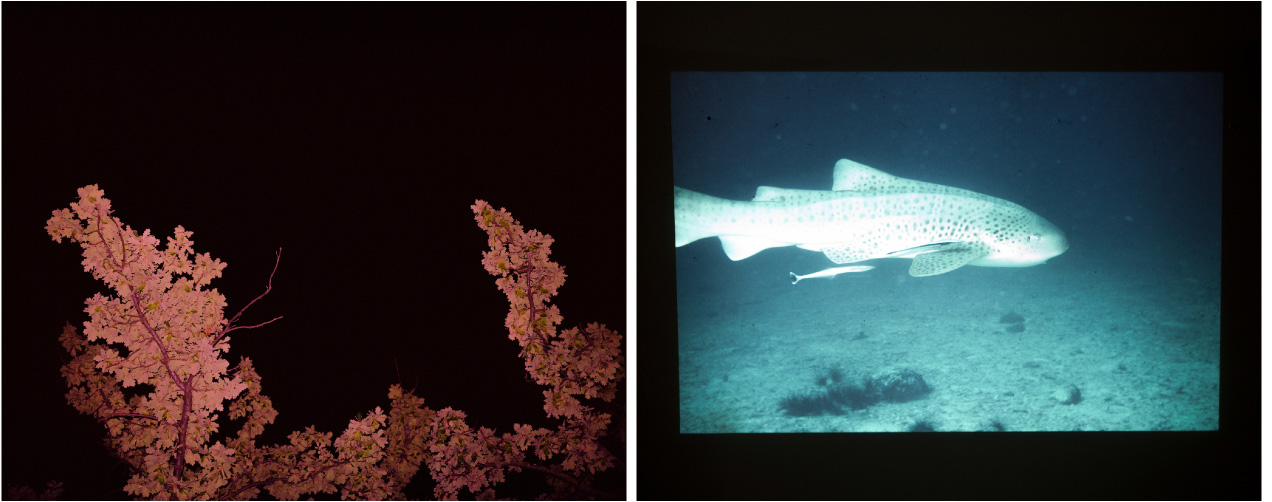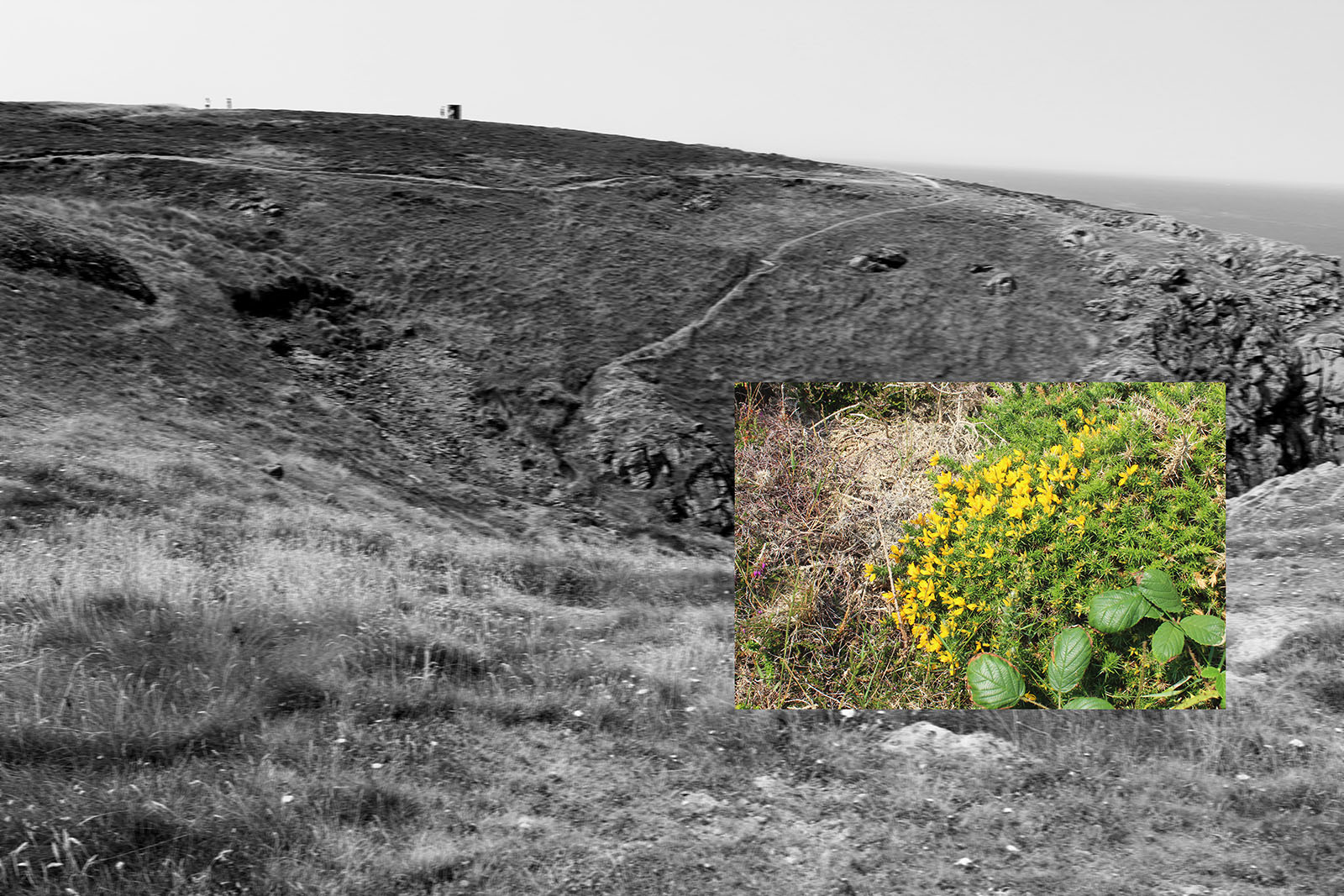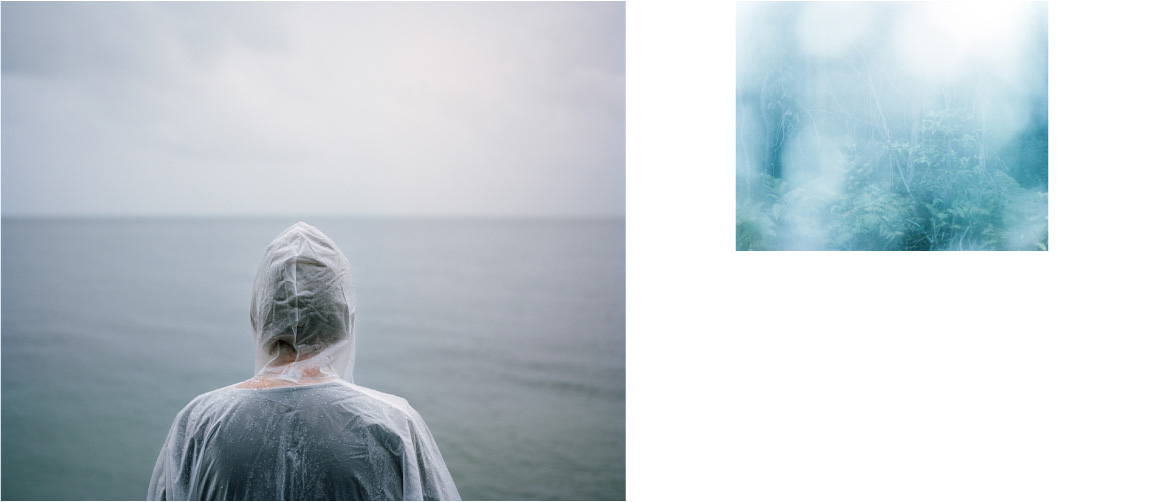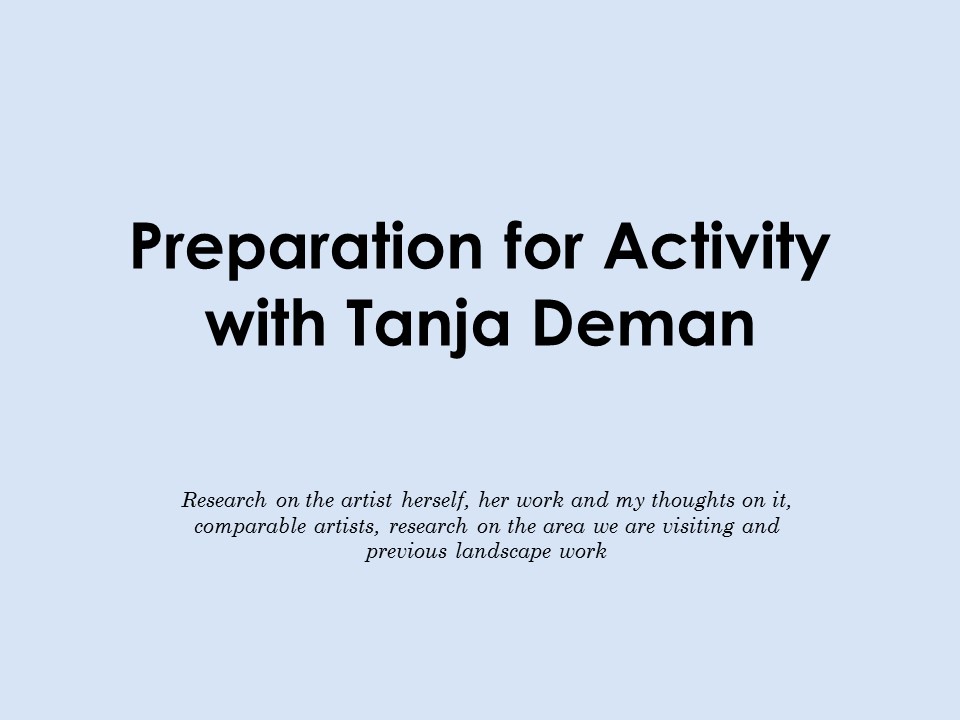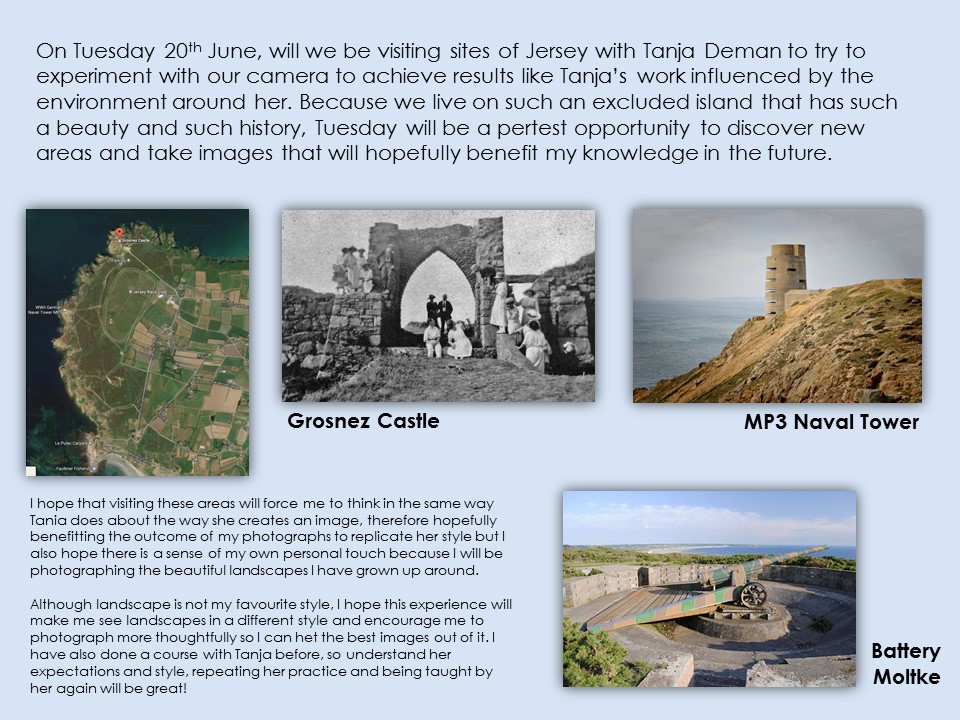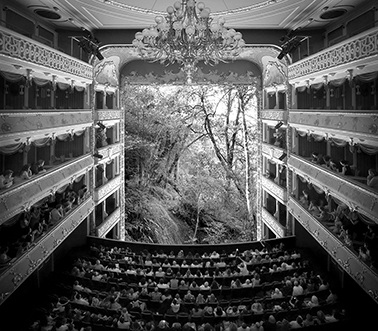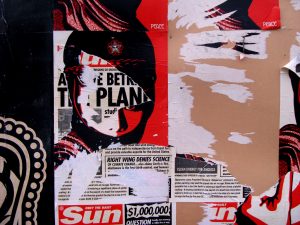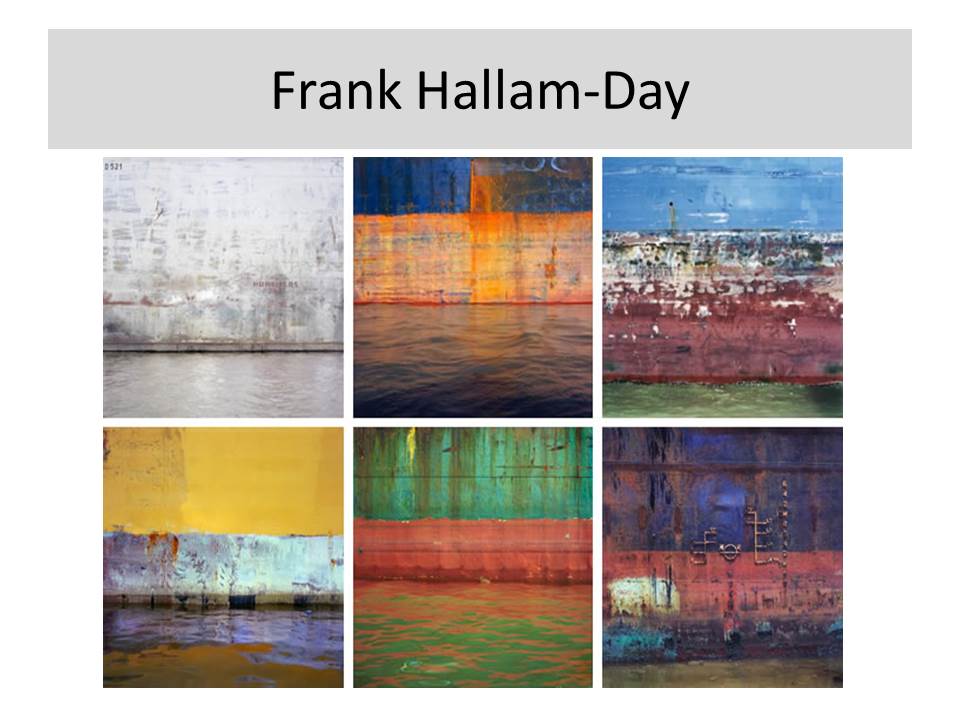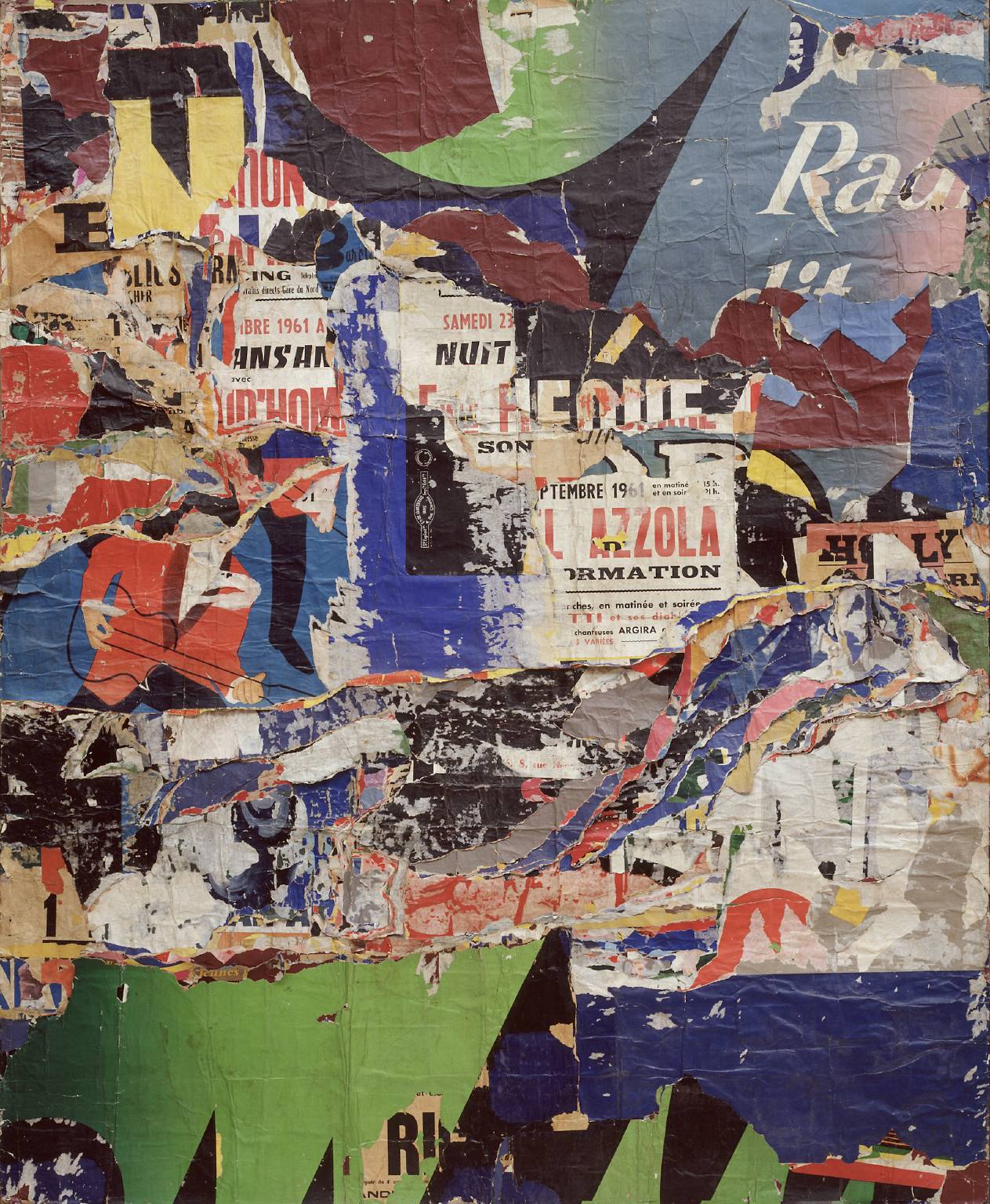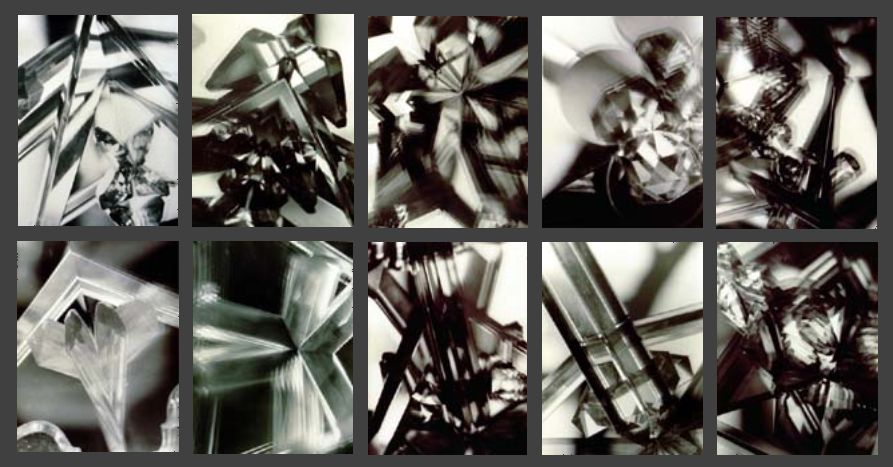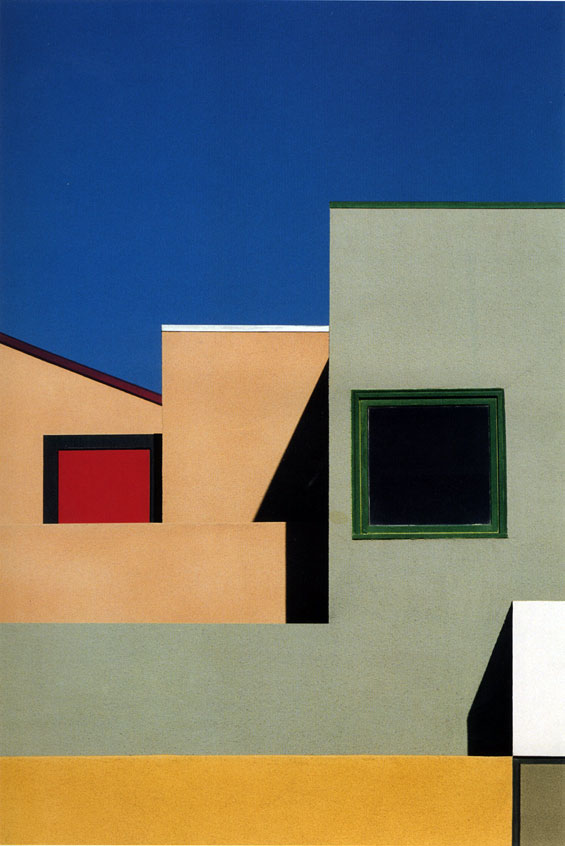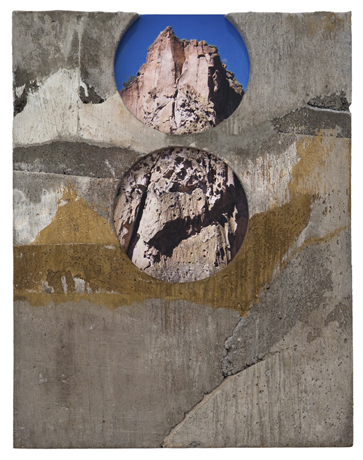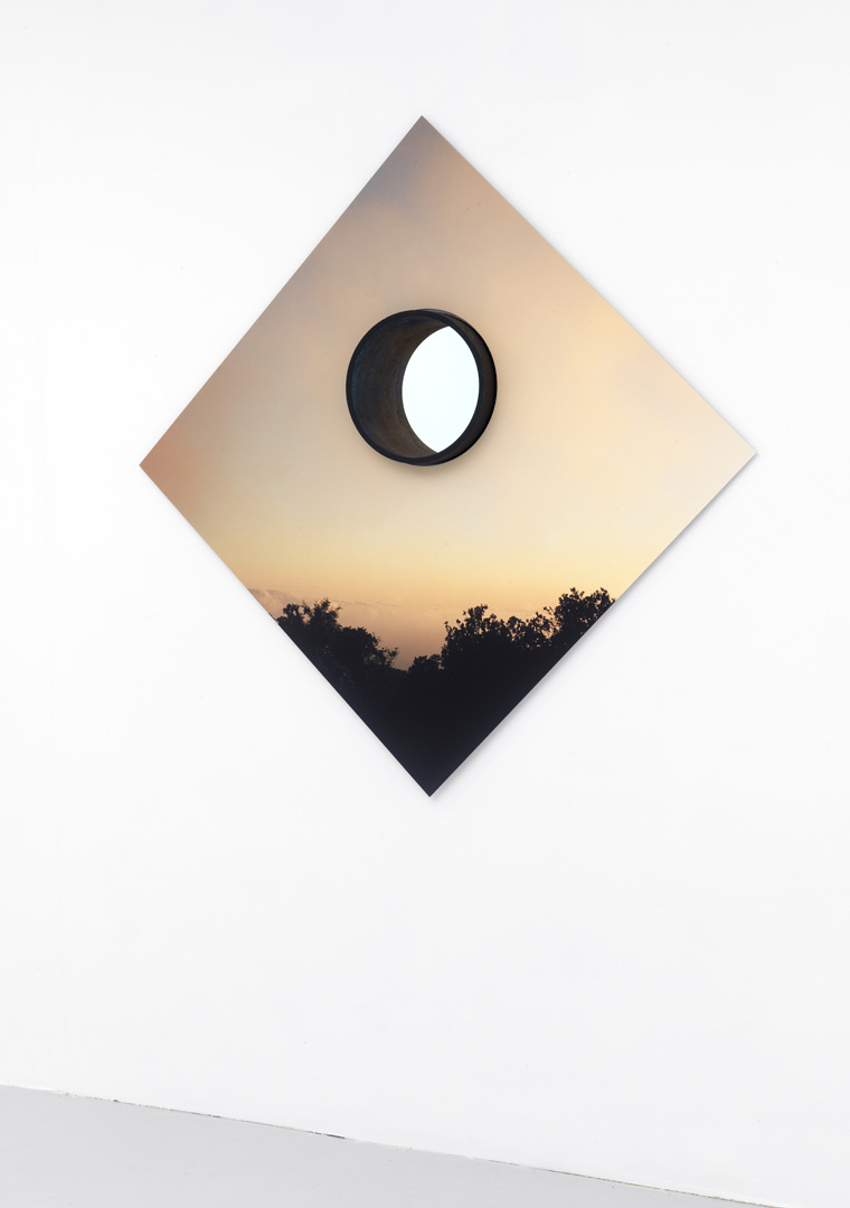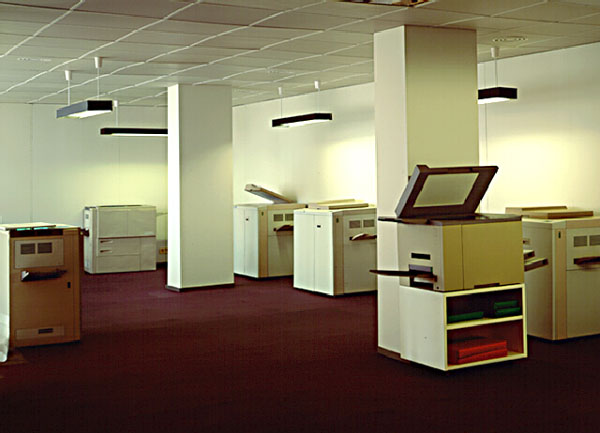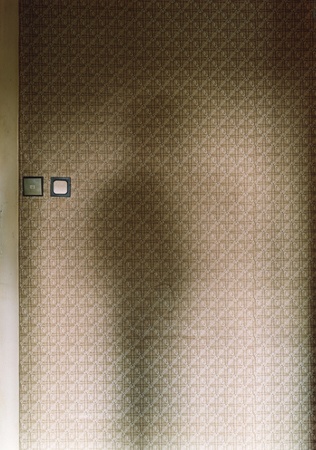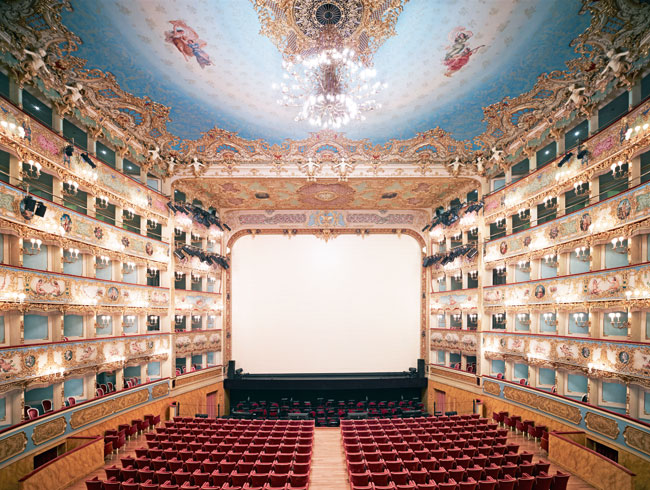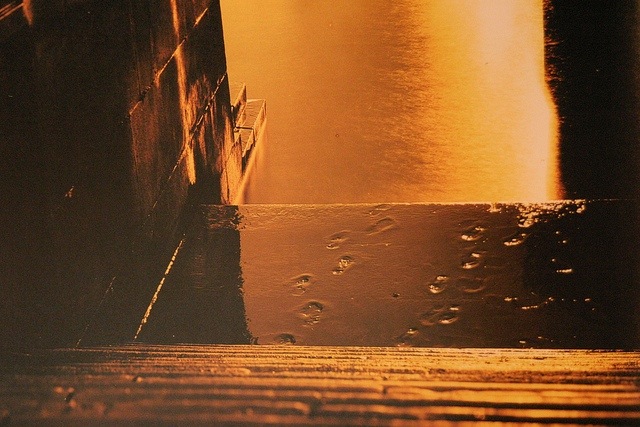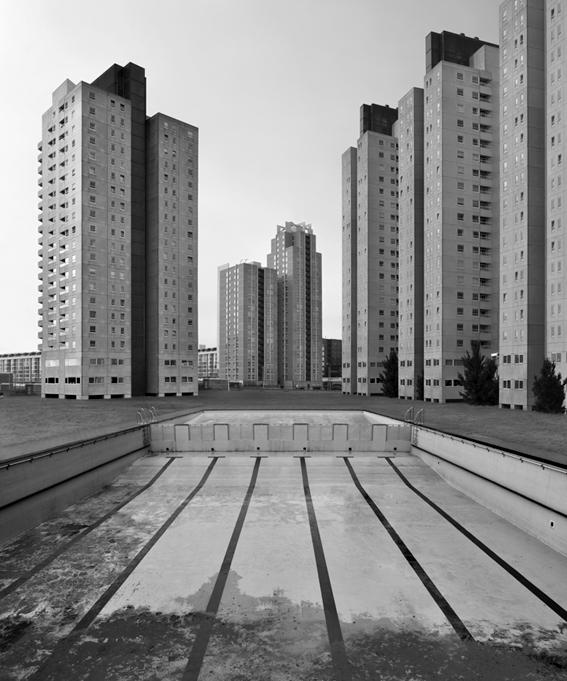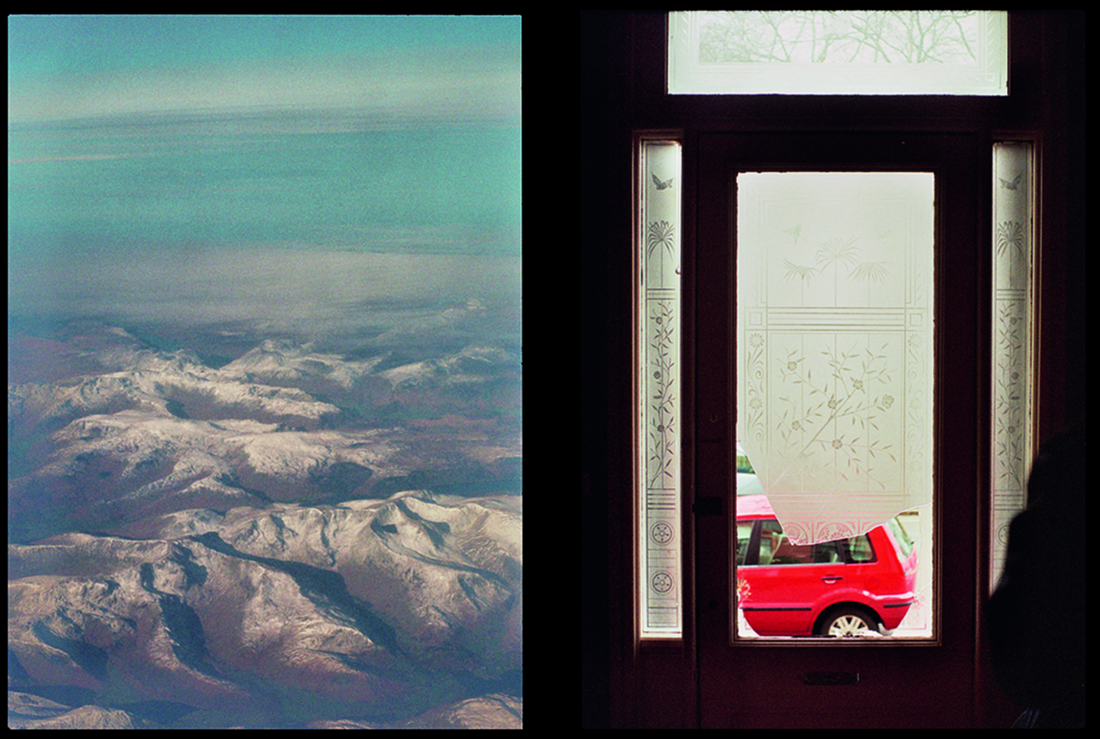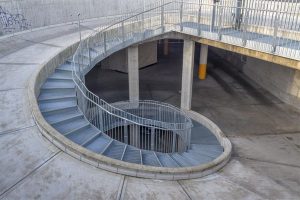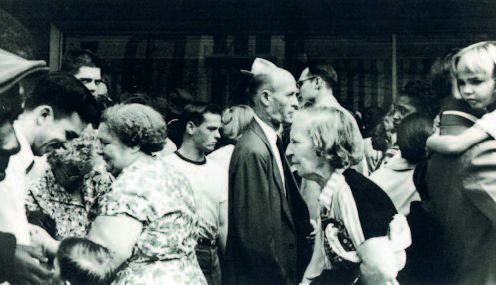When given the task to write up a short document covering and explaining one thing that inspires me, I became a bit muddled and did not have a clue where to start because I could not recall any moment during the summer where I was inspired due to the relaxation of the six weeks and my need that I felt to not do much work at all. Over the six weeks I became very lazy and didn’t really have much motivation or incentive to achieve something amazing, instead, spent it with a very chilled out mind-set, which looking in hindsight, now regret because I could have used it as opportunity to do something new and challenging as a personal achievement.
However, once I thought hard about a summer that now just seems like a blur because it went so quick, I have come to realise that in fact I did lots of little things that seem so ordinary but have in fact inspired with regards to photography an furthering my skills to improve myself as an artist.
I had been wanting an old, vintage and retro camera for ages so that I can shoot in a new way and experience something different in photography but have never known where to get a retro camera in full working order from. At the beginning of the summer, I discovered a website that sells these exact camera I have been after for so long, in all shapes and sizes with different functions. I decided I would get one because I didn’t want the opportunity to go to waste. I got myself a Canon A-1 Sure Shot from 1994 after reading many positive reviews about it. It is a point and shoot waterproof camera with an underwater macro function and I loved it as soon as I saw it.

The camera came in its original case and with the original strap and I was over the moon to shoot with it because it would be a new experience and I hope, now I am half way through my first film that shooting with retro cameras will become a hobby of mine because of the pure satisfaction I get from shooting with film due to the great results which exude nostalgia and good vibes due to the colours that come from film photography. I am yet to use it underwater yet but will look forward to the results once I do. Film photography is becoming much more popular again and is coming back in to fashion as way to shoot professionally. I have gathered many ideas for photoshoots with the camera, such as mini 5-shot fashion shoots on a film of 30 exposures to get 6 mini photoshoots out of one roll. I have seen the use of film photography in many online fashion, music and art sites such as Dazed, It’s Nice That and Wonderland – where I get my inspiration from most of time for new ideas!
Therefore, the addition of this little gem to my photography equipment goes perfectly alongside my DSLR as a contrast tool for new results and I hope to use this in my A2 course this year as well as my DSLR. I also hope to expand my collection by purchasing anther film camera off the same site which I have seen. It has a half-frame function which is perfect for different results.
The purchase of this camera lead me to delve deeper into photography in the summer by doing other activities that also inspired me to hopefully do something new and creative in the future. For example, I came across a site called Format where in which users can sign up and create their own website using templates from the websites catalogue to display and present their images or artwork or designs professionally and easily. I signed up for a 14 day free trail but this soon ran out and I now wish to, once I am in a strong position wit my work and I feel confident enough to display my own portfolio, upload my own images to my own website where I can control the content whether it be images or text. It is a great tool for any young and aspiring artists as a start-up mechanism as you can view other like-minded people’s work. As well, I was inspired further by watching YouTube videos of ‘It’s Nice That’s’ ‘Nicer Tuesdays’ series where they get a wide rage of creative people in whether the be photographers, illustrators, animators or film makers and they get to talk about their most recent works to an audience. This gives me an insight into inspiring artists who once in a similar to position to me right now where they want to do something with his special skill they are learning but don’t quite now where to go with it!
Also, I have recently subscribed to a contemporary phtooagrohy magazine called Hotshoe. It is the UKs leading contemporary photography magazine and I cannot wait to receive my first issue to give me some much needed background knowledge of the photography world.

